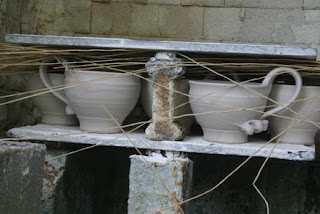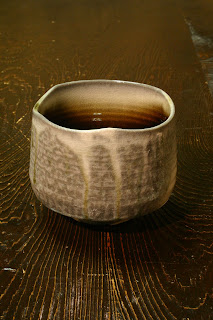 To everything there is a season, and a time for every purpose. There are times in our lives when we feel that we are getting nowhere, other times when we suffer trials and feel that we may not have the strength to endure. Sometimes we feel alone.
To everything there is a season, and a time for every purpose. There are times in our lives when we feel that we are getting nowhere, other times when we suffer trials and feel that we may not have the strength to endure. Sometimes we feel alone.There was a time, when I was a boy, when I felt like that. But I found solace in nature.
At night, I would sometimes sit on the slag heaps of the "Dai Gum San", the refuse of the "Big Gold Mountain" that was the Bendigo gold rush in the mid 1800's, and look out over the city lights. There was nobody to see me, to judge me, to mock or ridicule me. No one to bully or brow beat me. I was alone, but less lonely than in the company of others.
The night breeze ruffled my hair, caressed my cheek, and the darkness embraced me. My senses were filled with the fragrance of the gum trees, the whisper of the breeze through the whipstick forest. The shale was firm beneath me and I could taste the air on my lips. Over all the moon and the stars cast their soft radiance. I was alive, and the world was beautiful. And as I breathed the air I knew that it became a part of me, running through my veins, coursing through my body, and returning to itself as I exhaled.
I knew then that I was a part of this world, not separate from it, but integral with it. We all are. But we get so caught up in the superficial issues of society that we forget our humanity. We forget that we belong.
I walked home as the false dawn approached, and the cicadas began to sing. "G'day, g'day, G'day, g'day....." For years they live below the ground, waiting for their chance to fly and sing their joy in living. They crawl from their burrows into the cool night air, striving to climb as high as they can into the world, then they cast of the restricting shell of their past and become something new.
We all have that potential, and though the climb seems impossible sometimes, there will come a season, a time when we too can fly and sing our joy in living. Have hope, for the world is a beautiful place, and you are an integral part of it.
























